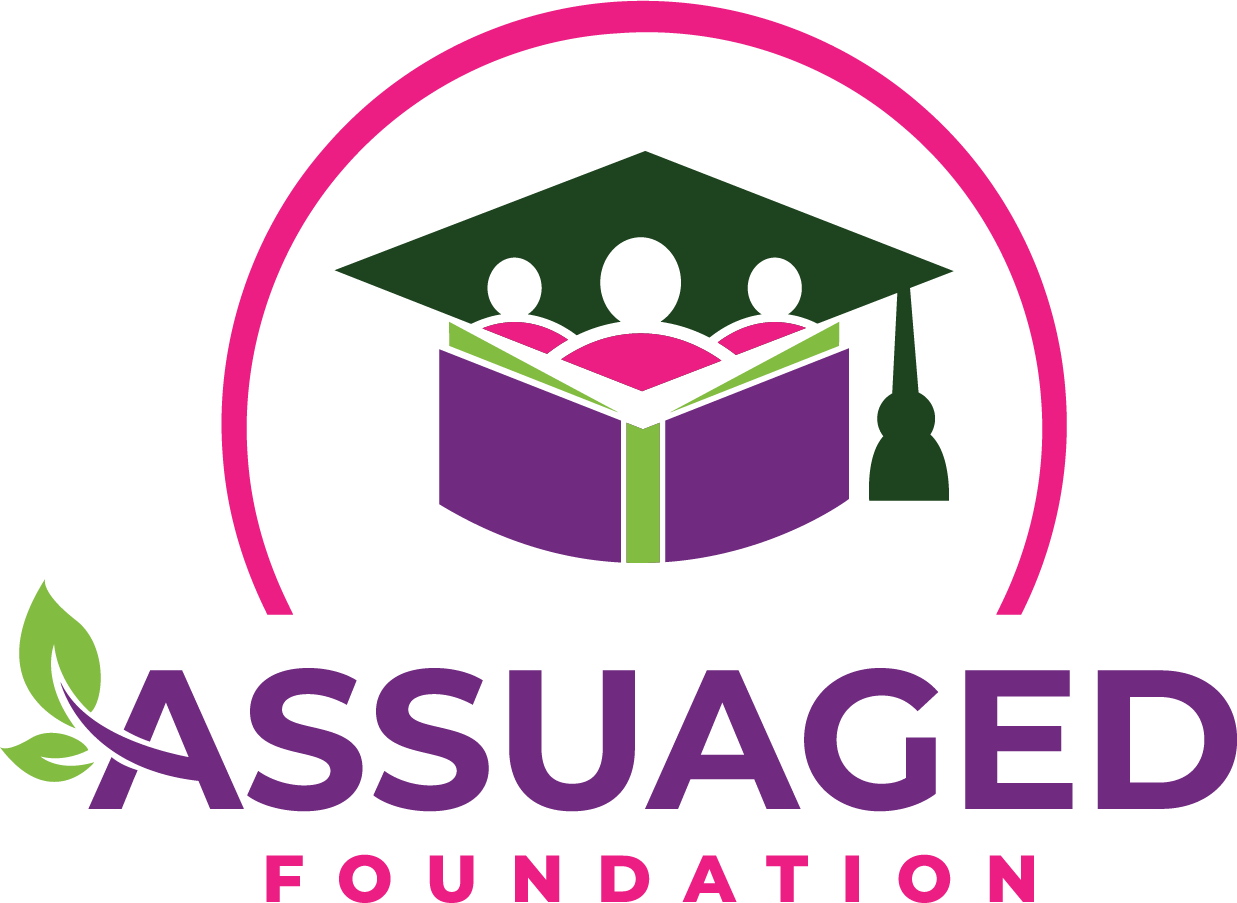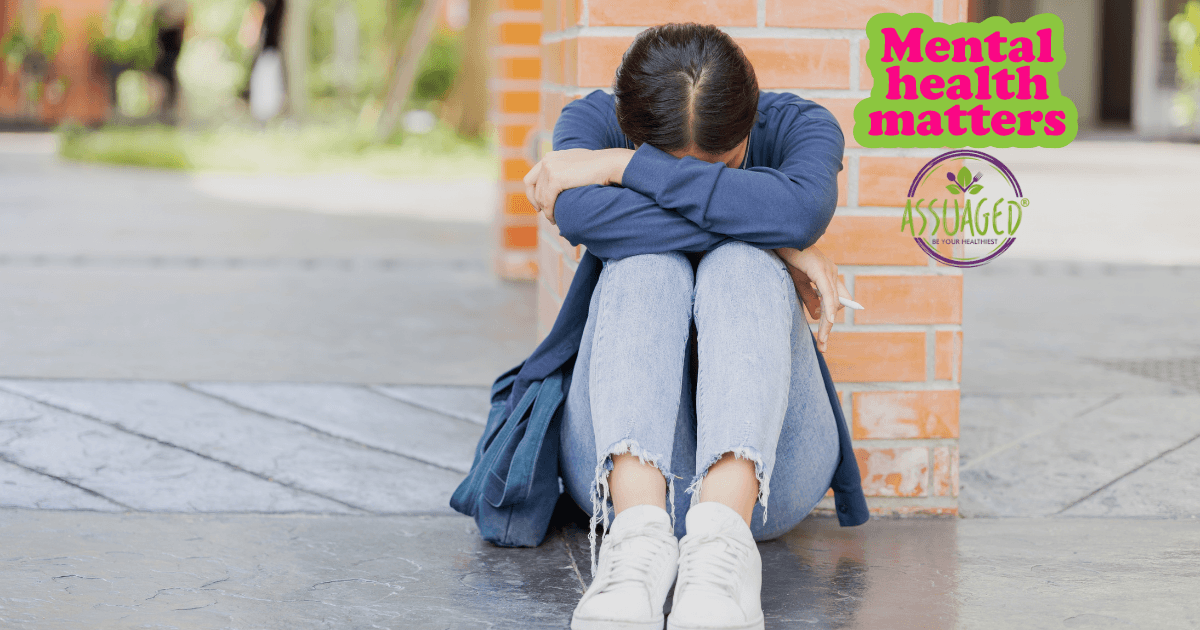Mental health is a vital component of overall well-being, yet for numerous high school students in the United States, it remains a subject surrounded by stigma, misconceptions, and silence.[1] As teenagers navigate the challenging journey of adolescence—balancing academic demands, social pressures, and personal development—their mental health often becomes a secondary concern. Tackling this issue and fostering open discussions about mental health is not merely important; it is crucial for the well-being of the next generation.

The Mental Health Crisis in High Schoolers
Mental health challenges among high schoolers in the U.S. are alarmingly common. According to the National Institute of Mental Health, around 1 in 5 teenagers experience some form of mental health disorder, including anxiety, depression, or behavior disorders.[2]The American Psychological Association reports that suicide is the second leading cause of death for teens aged 15-19.[3) Even with these troubling statistics, many students grappling with mental health problems are reluctant to seek help. A significant factor in this hesitation is the stigma attached to mental health. In settings where showing vulnerability might be seen as a weakness, students frequently endure their struggles quietly instead of reaching out for support.
What is Mental Health Stigma?
Stigma involves society's unfavorable perceptions and convictions about specific conditions, behaviors, or individuals. In the realm of mental health, stigma appears in two primary forms:
- Social Stigma: This encompasses societal rejection, discrimination, and biased views towards those with mental health issues. Teens who confess to battling anxiety or depression might worry about being tagged as "crazy" or "attention-seeking" by their peers.
- Self-Stigma: Internalized stigma happens when people absorb society’s negative perceptions of mental health into their self-perception. High school students might believe, “I should manage this by myself” or, “If I require therapy, there must be something seriously wrong with me.”
These forms of stigma create a painful cycle, leaving students feeling alone, burdened with shame, and hesitant to share their struggles—making it so much harder for them to reach out for the support they truly need.
Why is Mental Health Stigma so Prevalent in High Schools?
Several factors contribute to the persistence of mental health stigma among high schoolers:
-
Lack of Education: Mental health education in schools often lags behind other health initiatives. While many students understand physical illnesses, few receive comprehensive lessons on mental health, leading to confusion and misinformation.
-
Peer Pressure and Social Image: Adolescence is when fitting in and maintaining a certain image is paramount. Discussing mental health struggles may feel risky to students who fear rejection, bullying, or social ostracism.

-
Cultural Norms: In some communities, cultural views on mental health may discourage seeking professional help. Instead, issues like anxiety or depression may be dismissed as temporary problems or signs of weakness.
-
Media Representation: Movies, TV shows, and social media often depict people with mental health issues in extreme or damaging ways, further reinforcing harmful stereotypes.
The Impact of Mental Health Stigma on Students
The stigma surrounding mental health doesn’t just lead to silence; it can have devastating consequences. Here’s how it affects high schoolers:
-
Delayed Help: Many teenagers wait years to seek professional help—or never seek it. The longer mental health issues go untreated, the worse they can become. Early intervention is critical, yet stigma often stands in the way.
-
Increased Isolation: Students struggling with their mental health may feel isolated or disconnected from their peers. They may withdraw from social activities, feel misunderstood, or believe no one else could understand what they’re going through.
-
Academic Decline: Mental health issues like anxiety and depression can significantly impact a student’s ability to focus, complete assignments, or maintain attendance. Over time, this can lead to falling grades and academic frustration.
-
Risky Coping Mechanisms: Without proper support, many teens turn to unhealthy coping mechanisms like substance abuse, self-harm, or aggressive behavior in an attempt to manage their emotional pain.
Breaking Mental Health Stigma: How Can We Help?
The good news is that we can combat the stigma surrounding mental health. We can help students feel supported and empowered to seek help when needed by fostering an environment that prioritizes mental well-being and encourages open conversations.
Here are a few ways to start breaking the stigma in high schools:
- Promote Mental Health Education: Schools should integrate mental health education into their curricula. Teaching students about common mental health conditions, how to recognize warning signs, and where to seek help can demystify the topic and promote early intervention.
- Encourage Open Conversations: Talking about mental health should be as normal as discussing physical health. Peer-led programs, mental health awareness clubs, and guest speakers can help create a supportive dialogue within the school community.
- Involve Parents and Teachers: Educating parents and teachers on the importance of mental health can create a broader support network for students. When adults are informed and empathetic, students feel safer expressing their struggles.
- Leverage Social Media for Good: Social media plays a massive role in the lives of high schoolers, making it a powerful tool for spreading awareness. Positive campaigns, influencers sharing their stories, and resources posted online can reach students where they’re most active.
- Highlight Stories of Resilience: Sharing personal stories from those who have navigated mental health challenges can normalize the experience. Whether it’s a student, teacher, or celebrity, hearing from others can help teens realize they are not alone.
Conclusion
Mental health challenges are prevalent among high school students, yet they do not need to lead to isolation. By transforming the dialogue surrounding mental health, we can equip students with the confidence to seek assistance without fearing being judged.[5] Engaging in frequent discussions helps dismantle the stigma barriers, facilitating access to the necessary support for individuals to flourish.

If you or someone you know is struggling with mental health, reach out.[6] Resources like the National Suicide Prevention Lifeline (1-800-273-8255) or the Crisis Text Line (text HOME to 741741) are available 24/7 to provide support.[7] Remember: asking for help is a sign of strength, not weakness. Let’s continue to break the silence, one conversation at a time.













